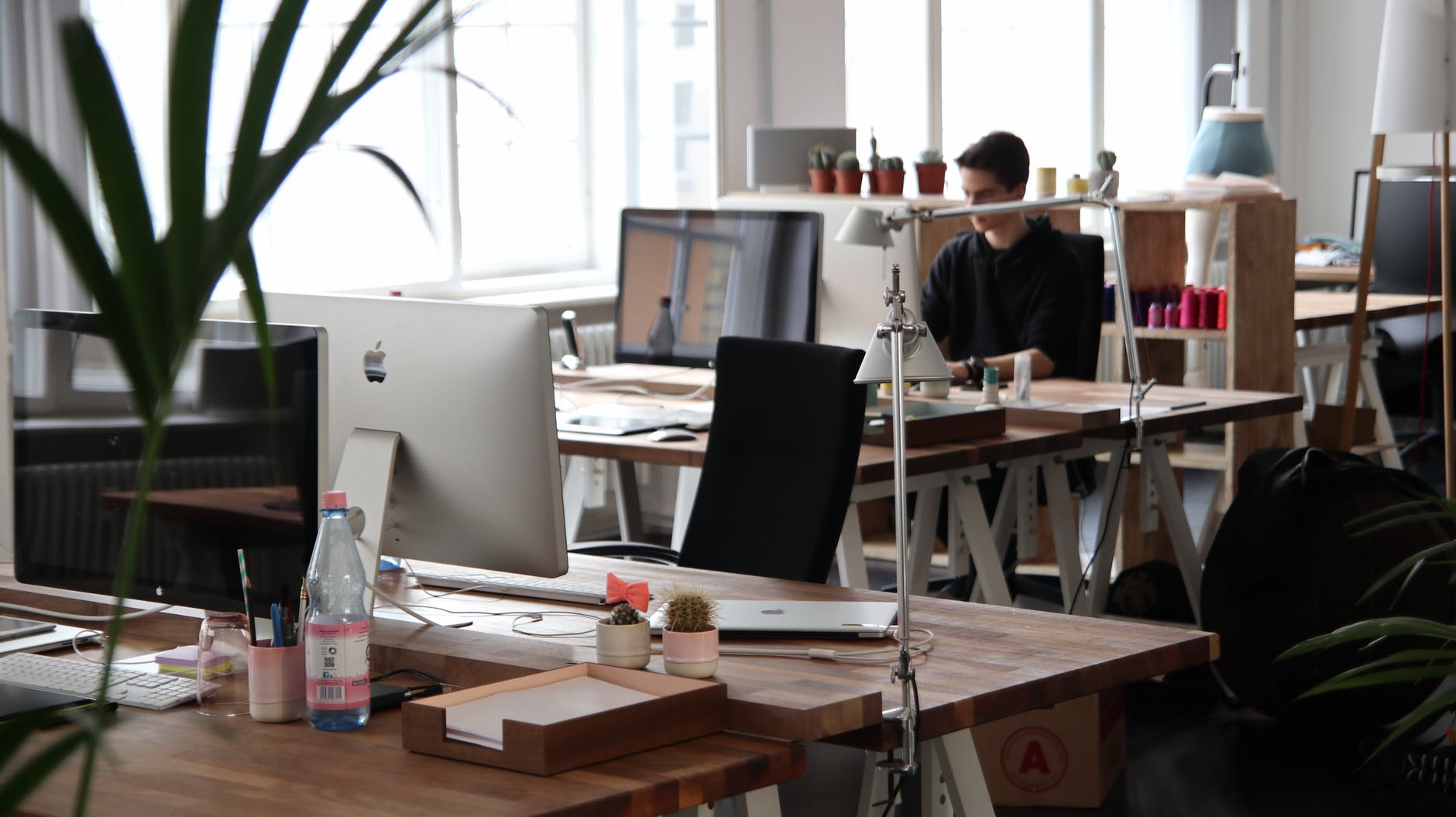
For many businesses, the COVID-19 pandemic was a bit of an eye-opener. Those that had previously never supported working from home or didn’t think it was a viable option for them were forced to adapt quickly. And for many, they found that actually, it is a viable option – leaving them carefully considering their approach to flexible working going forward, and whether they could benefit from the cost savings of moving to fully remote model.
According to a recent report by the Office of National Statistics (ONS), 24% of businesses that had not permanently stopped trading said they intended to use increased home working as a permanent business model going forward. On the other hand, 38% of businesses expected 75% or more of their workforce to be at their normal place of work.
From a Talk Staff perspective, we have recently moved into new home in Nottingham after carefully considering our options following unexpectedly losing our previous premises at the end of 2019 for reasons outside of our control. For us, it was a balance between having a place that our team could call a home (a work home that is) and somewhere that we could all return to either weekly, monthly or permanent that instils our fantastic culture.
That’s our story, but each business is different. Assuming a remote, or hybrid workforce is suitable for your business – here are 3 key things to consider when deciding whether or not your business needs an office in a post-COVID world.
Productivity
For some businesses, remote working during the pandemic led to some surprising revelations about productivity and remote working. In the ONS survey on attitudes to remote working, 48% of businesses who intended to increase home working in the future cited increased productivity as a reason. Obviously, remote working and productivity isn’t just about location though – it’s also about trust. Prior to the pandemic, trust was one of the most significant barriers to activating remote or flexible working. 65% of employers did not offer homeworking to their employees, and if they did, offered it to less than 10% of their workforce. A key part of building that trust and ensuring productivity in any model is empowering your employees to be involving in setting their own goals and understand the overall purpose in achieving them. Many companies have adopted an “outcomes, not hours” approach, shifting their culture via policy and procedure to focus less on time spent in the office (or at a computer) and more about what has been achieved. As Siemens CEO Roland Busch put it – “We trust our employees and empower them to shape their work themselves so that they can achieve the best possible results.”
Actions for better productivity:
- Review how your businesses manage productivity, could it be done at a location other than your office and do your managers need support in developing these skills?
- Understand how clear your company mission or purpose is, how is aligns to a post-covid world and is employees goals are working to achieve this
- Ensure that new and existing policies align to your new working style
Wellbeing
The topic of employee wellbeing when it comes to flexible and remote working is complex – and shows the importance of engaging with your team and building an approach that works well for them. A survey by the Royal Society for Public Health (RSPH) shows that overall, more people felt that home-working was better for their mental health (45%) compared to 29% who thought it was worse. Wherever they were working from, the survey also highlighted the huge importance of being offered proper support – just 34% had been offered mental health support by their employer.
A survey by Monster found that 69% of employees had experienced burnout when working from home, resulting from the blurring of boundaries between home and work. A hybrid working and wellbeing policy should include everyone working from everywhere, and promote the “right to disconnect”. What’s most important is giving employees the flexibility and agency to manage their wellbeing whilst feeling supported.
48% of people who worked from a sofa or bedroom during the pandemic have developed musculoskeletal problems – it’s an important step to ensure that going forward, your employees have the right technology and setup and the right framework to ensure they look after their physical health.
It’s vital that whatever your model you take steps to ensure and promote the mental and physical wellbeing of every employee, whether homeworking or in the office. There are valuable lessons we have learned during COVID that we can take forward to better support wellbeing and put it higher on the agenda.
Actions for better wellbeing:
- Understand which employees prefer to work from where, reasons/feedback and preferred patterns of work
- Appropriate H&S desk assessments are being carried out and included within on-boarding processes and policies
- With vulnerable employees, you may wish to liaise with each person individually to understand how they are affected by restrictions
What do your team think?
This is probably the most important point to consider when it comes to supporting flexible working and deciding whether to get rid of a physical premises. You may well think you know what is best for your business, but your team has likely been through a lot of change through the past 18 months. It’s vital that they’re comfortable with what you’re proposing. Despite some data suggesting that some employees are keen to get back to the “normal” way of working that they were used to post-COVID, that’s not the case for everyone. In a recent survey by EY, 47% of respondents said that they would change jobs if flexible working was not provided post-COVID. As with any strategic decision that affects the day-to-day life and role of your employees, engaging them and making them a part of this decision is vital.
Just 16% of those currently homeworking would prefer to be in an office full time, yet one in three think that this will be their employers’ expectation. It’s vital that you close that expectation gap with clear communication and engagement with your team, asking for their feedback and to assess their personal goals and feelings for how they want to fulfil their role going forward.
If you need some more guidance about how to approach remote and flexible working with your team, check out the guide we recently posted with help on navigating some of the most pressing challenges around returning to the office post-COVID.
It’s important to remember that what works for another business might not work for yours. Your business has a unique culture, your team has a unique dynamic, and although shifting completely to a remote model and saving money by getting rid of your office may seem an entirely possible and attractive prospect, it might not be what’s best for your business and your team in the long term.
Actions for better feedback:
- Request feedback from employees, ideally as anonymous employee engagement surveys either as a one off or part of your regularly 90 day cycle
- Consult your employees at early stages, either with a group representing the departments from across the business or a select few, to discuss and form a new working policy that benefits both employee and employer
- Consider the impact of changes on your culture and other business critical areas
- Review all other policies that may be impacted by changes
Talk Staff has been supporting employers throughout the COVID-19 pandemic, helping put flexible working plans in place and facilitating a safe return to offices where needed.
We can help and guide on a range of HR and people challenges – from payroll to culture. Get in touch to speak to one of our experts.
Last Updated on 3 years by Charli Parkes





